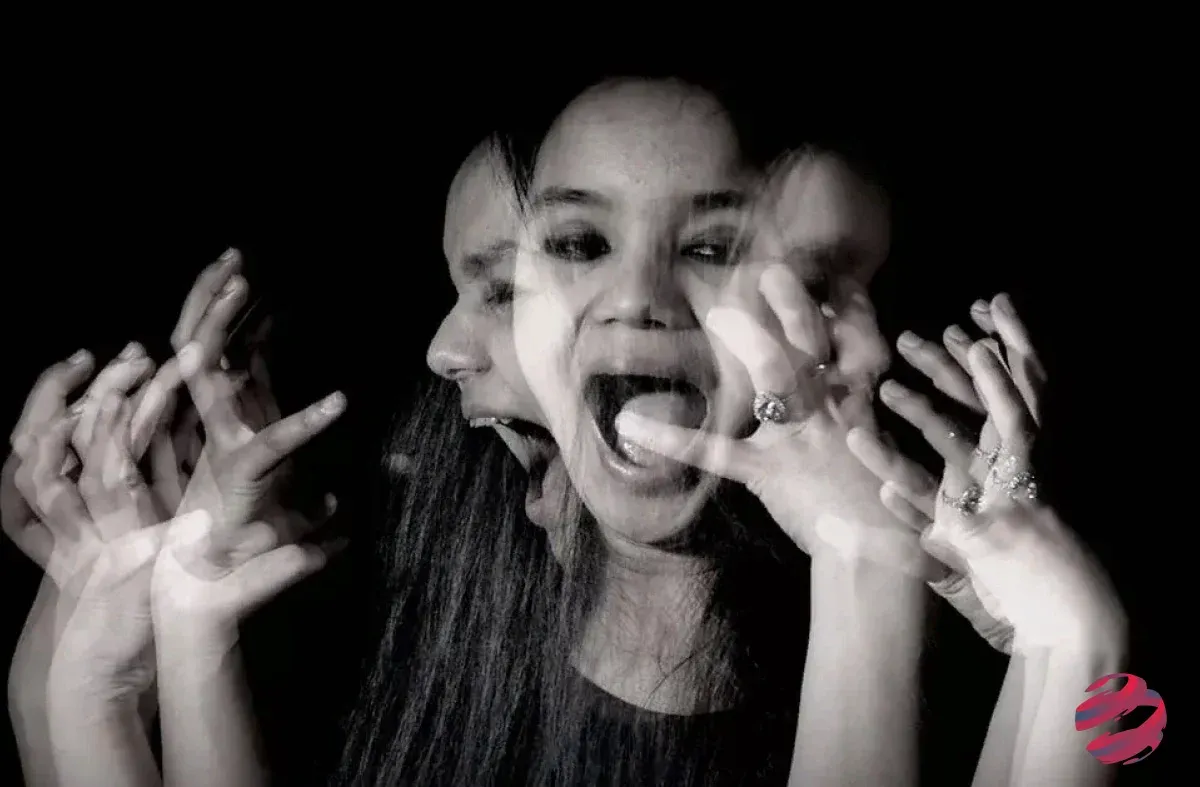
Schizophrenia is a chronic and severe mental health disorder that affects how a person thinks, feels, and behaves. It is characterized by distortions in thinking, perception, emotions, language, sense of self, and behavior. Schizophrenia often involves psychosis experiencing delusions and hallucinations. The onset typically occurs in late adolescence to early adulthood, and its effects are long-lasting, often requiring lifelong treatment.

Schizophrenia is a complex mental health condition characterized by a range of symptoms that affect a person’s thinking, behavior, and emotional regulation. These symptoms are typically grouped into three main categories: positive, negative, and cognitive.
Diagnosing Schizophrenia requires a comprehensive assessment that includes: